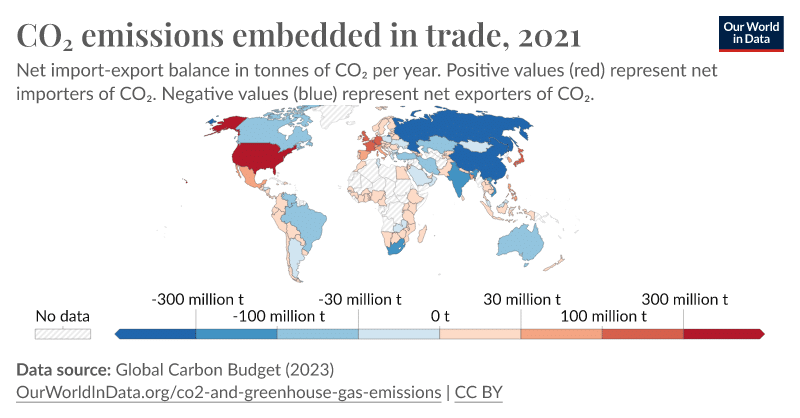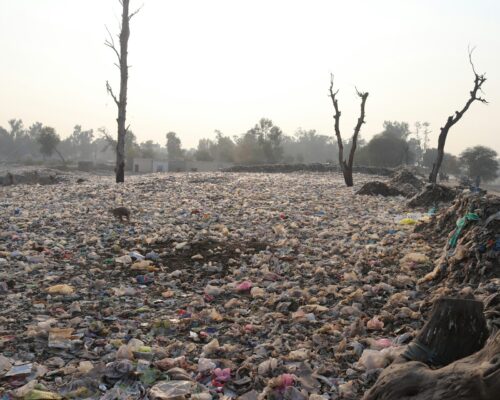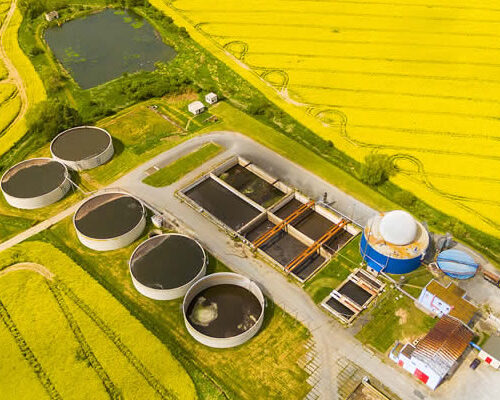Trade Day at COP28: Climate Action with a Business Mindset
Source = Entrepreneur
08 December 2023 – by Eric Koons
Trade day at COP28 UAE puts focus on climate action with a business mindset. The way the world chooses to trade plays an important role in global decarbonisation. This topic was distinctly discussed as a focus of the fourth day of COP28 2023. The theme of the day was “Finance, Trade, Gender Equality and Accountability”. This was a key point at the meeting, which the COP28 president Sultan Al-Jaber highlighted several times by describing the necessity to address climate action with a “business mindset”.
This was the first time trade had become a major theme with its own trade day at a COP meeting. This highlights the important relationship that trade has with global decarbonisation. Several high-level discussions were held, including events hosted by the United Nations and World Trade Organisation.
With this in mind, the COP28 finance and trade day’s results appear to be favourable. Although COP28 UAE is still in its early half and discussions will continue throughout the meeting, progress was made with the announcement of billions of dollars of funding and pledges.
Trade For Climate-smart and Equitable Growth
The world cannot decarbonise without the help of global trade networks. At its core, trade facilitates the movement of critical materials for low-carbon technologies, and government policy promotes the development of markets to use those materials or final products. Furthermore, the emissions profile of global trade is massive, accounting for over a quarter of global CO2 emissions.
Goods and Services Are Critical for Decarbonisation
Global trade is integral to supplying materials essential for the energy transition, such as lithium for batteries and rare earth minerals for wind energy. The demand for minerals critical for the clean energy transition will quadruple by 2030.
These materials are predominantly available through international collaboration and trade. Developing robust industries to mine, refine and transport these materials is critical for developing low-carbon technologies. Improved infrastructure and trade systems can facilitate access to these materials and create positive socioeconomic systems in countries with large raw material reserves.
Another consideration is that many of these materials are in developing countries, which often lack the oversight to mine the materials ethically and adequately.

For example, the Democratic Republic of Congo (DRC) is home to 50% of the world’s cobalt reserves. Cobalt is a critical component for electronic goods – particularly in batteries, electric vehicles and other forms of energy storage. However, the existing supply chains in the country may be bottlenecked as demand increases, and there are ongoing ethical concerns with mining operations.
COP28’s Trade Day had several high-level discussions on tackling this issue, but no direct agreements were made.
Government Incentives to Promote Low-carbon Technologies
Trade is vital in promoting the spread and implementation of clean energy technologies. Trade facilitates the movement of low-carbon goods and the transfer of related technologies and knowledge.
This transfer leads to improvements in clean technology and makes these innovations both affordable and accessible, particularly in the manufacturing sectors of developing countries. Through trade, eco-friendly technologies can reach the areas where they are most required.

One primary way to achieve this is through trade measures like tariffs, subsidies and regulations. They reduce barriers in international trade and create competitive markets for low-carbon products.
For example, the European Union’s Carbon Border Adjustment Mechanism (CBAM) is a new EU policy that requires importers in the EU to report greenhouse gas emissions of their products produced aboard. Starting in 2026, these companies must purchase certificates to cover the emissions associated with their products – even when not made within the EU. This prevents companies from producing products abroad to circumvent the EU’s green transition and incentivises companies to produce products locally with less carbon-intensive methods.
In this pursuit, the German Chancellor Olaf Scholz established a “climate club” at COP28 Dubai, which is an initiative that will initially bring 33 countries together with the united goal of keeping global warming below 1.5oC. In terms of trade, it will reduce trade barriers among countries, making mutual progress on the climate and illustrating the emerging synergy between climate, trade and development policies.
Reducing Trade Emissions: A Business Mindset
The vast global trade network supports over 56% of the world’s GDP. Ocean shipping dominates trade, moving 80% of internationally imported goods. Decarbonising global trade, particularly shipping, is critical in keeping global warming below 1.5 oC.

The United Nations and other leading organisations have called for the decarbonisation of trade. CEOs from several of the world’s leading shipping companies issued a joint declaration at COP28 calling for an end to new fossil-fuel-only powered ships. They urged the International Maritime Organization to follow suit and create regulations to support this transition.
Furthermore, the International Chambers of Commerce announced an expansion of its framework to assess the sustainability of trade transactions. What was previously just for the textile industry now includes the energy, agriculture and automotive sectors. By creating a universally accepted framework, trade sustainability can be benchmarked and compared while encouraging industries to adopt more sustainable practices.
Trade Day at COP28 2023: Progress Made, More Action Needed
The dedicated focus on trade for the first time in COP history underscores its integral role in facilitating the transition to low-carbon technologies and addressing climate change. It highlights how a business mindset is critical for climate action progress at COP28 Dubai and beyond. While promising discussions and pledges have been made, particularly in fostering climate-smart growth and addressing emissions in trade, the conference has yet to yield definitive agreements.
As COP28 2023 progresses, there is hopeful anticipation that ongoing discussions will translate into more substantial and actionable commitments, driving forward the global agenda for a sustainable and equitable climate future.
by Eric Koons
Eric is a passionate environmental advocate that believes renewable energy is a key piece in meeting the world’s growing energy demands. He received an environmental science degree from the University of California and has worked to promote environmentally and socially sustainable practices since. Eric’s expertise extends across the environmental field, yet he maintains a strong focus on renewable energy. His work has been featured by leading environmental organizations, such as World Resources Institute and Hitachi ABB Power Grids.
Read more



